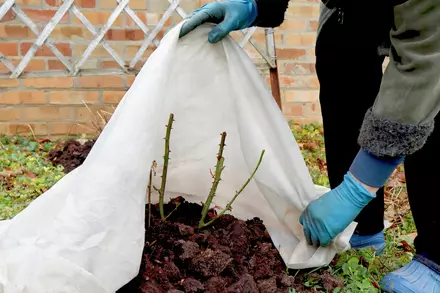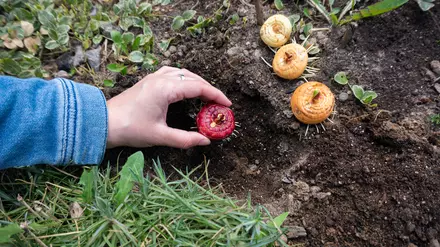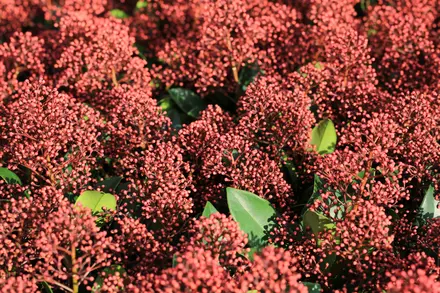How to Protect your Plants in Winter

In winter, we advise you to protect your beloved plants against dropping temperatures, wet forecasts and frost. Isolating or covering your plants and trees will not only help them in winter but will also prevent them from infections from parasites and other bugs, accelerate the growth of seeds and protect fresh buds in spring.
Which plants need frost protection?
Hardy plants do not need frost protection. They naturally make anti-frost bodies that keep their juice production and growth going. Mildly hardy plants only need protection from severe frost, but non-hardy plants need protection the moment temperatures go below 2 ℃. And be extra careful with plants in pots. Those need protection from any kind of weather change, even if it concerns a hardy plant such as the Buxus.
Non-hardy plants
Plants which are non-hardy, such as subtropical and tropical plants and trees, need proper frost protection. These plants are simply not able to survive the cold. Examples of non-hardy plants you might find in your garden are:
- Palmtrees;
- Musa (Banana) plant;
- Agaves;
- Eucalyptus;
- Smaller olive trees.
Top 10 hardy plants
Luckily there are plenty of hardy plants that do not need winter or frost protection at all. Here’s our top 10 of the most common hardy plants you might be the proud owner of:
- Buxus;
- Taxus;
- Viburnum - snowball;
- Hydrangea;
- Magnolia;
- Rhododendron;
- Field maple;
- Japanese maple;
- Gypsophila;
- Chinese silver grass.
Protect your plants by isolating, covering or moving them
There are three recommended ways to protect your plants and trees against frost: isolate them, cover them or move them. If you are planning to isolate, wrap or cover your plants to protect them from frost, we advise you to carefully check whether the plants are completely dry. This will allow the plants to breathe when covered and prevent them from heating up too quickly. Rapid changes in temperature damage mildly and non-hardy plants.
Covering or wrapping your plants
- Place a layer of leaves or straw at the bottom of your plants to keep their feet warm. Plants that are sensitive to putrefaction are best to be left uncovered.
- Surround larger trees or high plants with bamboo sticks and wrap a layer of sackcloth or fleece cloth around these sticks. By doing this, you create a protective barrier between the plants and the frosty wind.
- Cover the top of this construction with plastic to prevent water from running into the barrier.
Extra protection and isolation for your plants
However you choose to protect your plants, we advise you to do a daily check to see if your plants are not getting too wet. And if the temperatures remain above 0 ℃ for a longer period of time, you may remove your isolating structure to allow the plant to breathe.
Plants that are overly sensitive to frost or that are positioned in a windy spot can be wrapped and covered, as explained above. To give this plant a little extra help, you could build a double barrier. Simply construct two layers or bamboo sticks with cloth with a space of around 3 to 4 centimetres in between both layers.
Visit your local garden centre for winter protection
If you want to ensure your plants will survive winter, please visit your nearest garden centre for the best plant winter protection. We stock a wide range of mulch, bark, and covers to keep your plants warm during the cold. Find your nearest store and pay us a visit soon.



